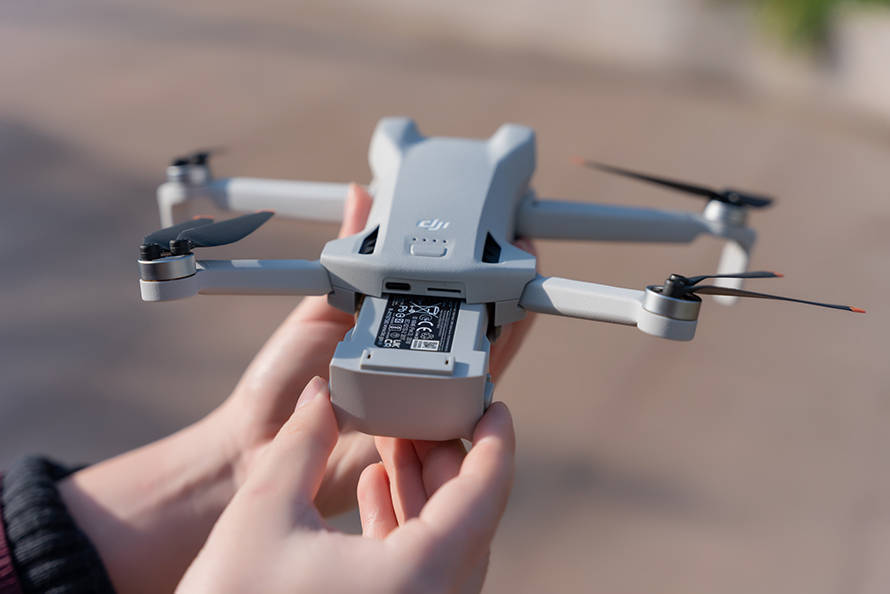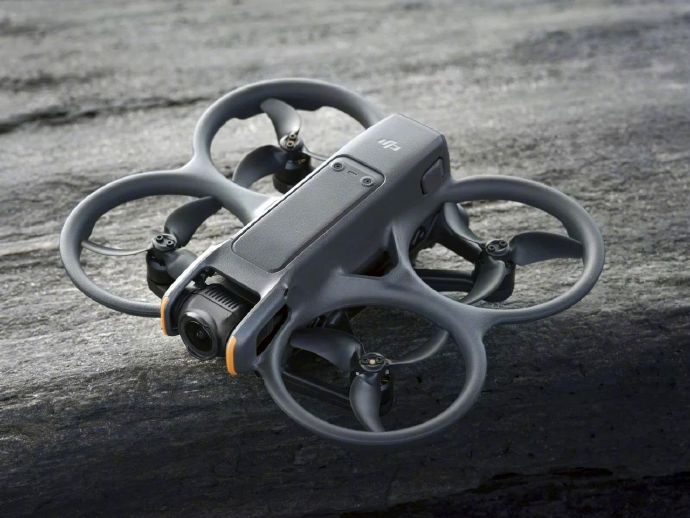Stealth drones represent a groundbreaking advance in military aviation and surveillance technology. These unmanned aerial vehicles (UAVs) are designed with cutting-edge capabilities that make them difficult to detect by radar and other sensing technologies. The stealth aspect of these drones is achieved through sophisticated design features such as radar-absorbent materials, advanced aerodynamics, and low-noise engines.
The Technology Behind Stealth Drones
Stealth drones incorporate several innovative technologies that set them apart from traditional UAVs. Radar-absorptive materials help to minimize the reflection of radar waves, thus reducing the radar cross-section. Additionally, the sleek aerodynamic design minimizes noise and visual detection, allowing for covert operations. These drones are equipped with advanced software and sensors, enabling them to collect data with high precision while remaining undetected.
Navigation systems are enhanced through GPS and inertial navigation systems, providing accurate position data in real-time. The use of satellite communication ensures seamless control and data relay, making these drones vital assets in intelligence operations.
Thermal and infrared sensors enable operations in diverse environments, further enhancing their versatility.
A Growing Deployment in Military and Civilian Fields
The application of stealth drone technology has expanded beyond military use to various civilian sectors. In military scenarios, they are extensively used for reconnaissance missions, target tracking, and tactical warfare strategies due to their ability to evade enemy detection. The civilian industries, including law enforcement and environmental monitoring, are increasingly adopting stealth drones for tasks requiring discretion and precision.
The benefits extend to disaster management, where stealth drones can survey areas without disturbing rescue operations or wildlife. Their deployment is crucial for data collection in hazardous terrains and monitoring environmental changes.
Challenges in Stealth Drone Deployment

Despite their remarkable capabilities, stealth drones face certain challenges that need addressing. The cost of development and maintenance can be high, limiting accessibility for smaller organizations and countries. Ensuring that these drones adhere to international privacy and safety regulations is crucial to prevent misuse or infringement on personal liberties.
Moreover, advancing countermeasure techniques to combat stealth drone detection requires continuous innovation to retain their effectiveness in covert operations.
Impact of Stealth Drones on Modern Warfare
The influence of stealth drones on warfare strategies is transformative. They offer unparalleled advantages in information gathering and enemy tracking, drastically changing the dynamics of military engagements. The ability to conduct operations discreetly without direct human involvement reduces risk to life and enhances operational efficiency.
These drones contribute to real-time decision-making advantages, providing commanders with vital data to adapt strategies swiftly in response to evolving battlefield conditions.
FAQs on Stealth Drones

What makes stealth drones difficult to detect? Stealth drones employ radar-absorbing materials and aerodynamic designs to decrease detection by radar and reduce visibility and noise.
How are stealth drones controlled during operations? They are controlled through a combination of satellite communications, GPS, and advanced onboard navigation systems that ensure accurate positioning and uninterrupted data transfer.